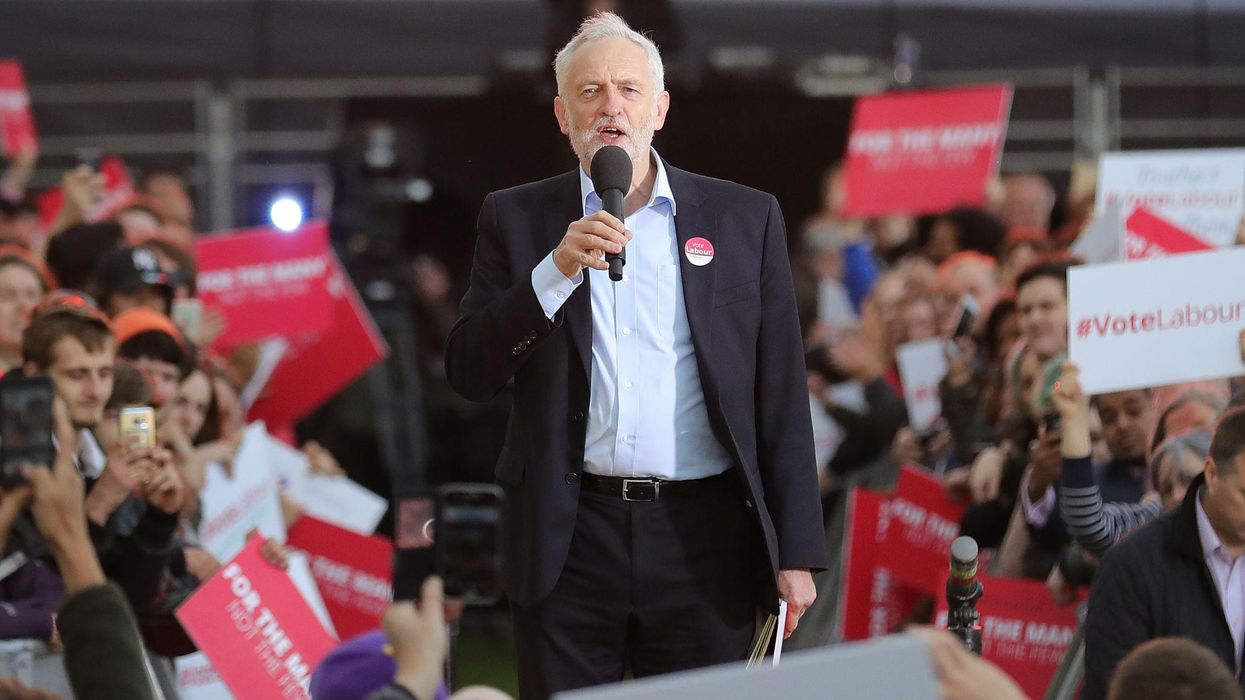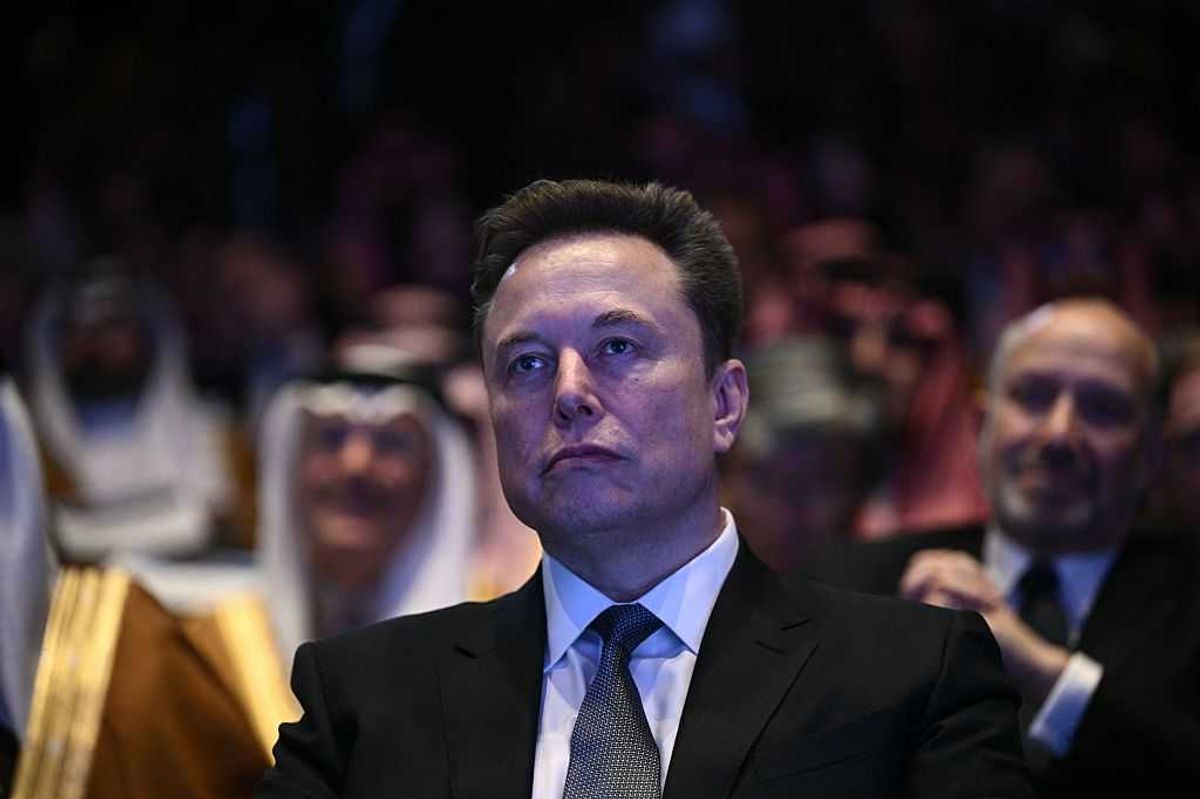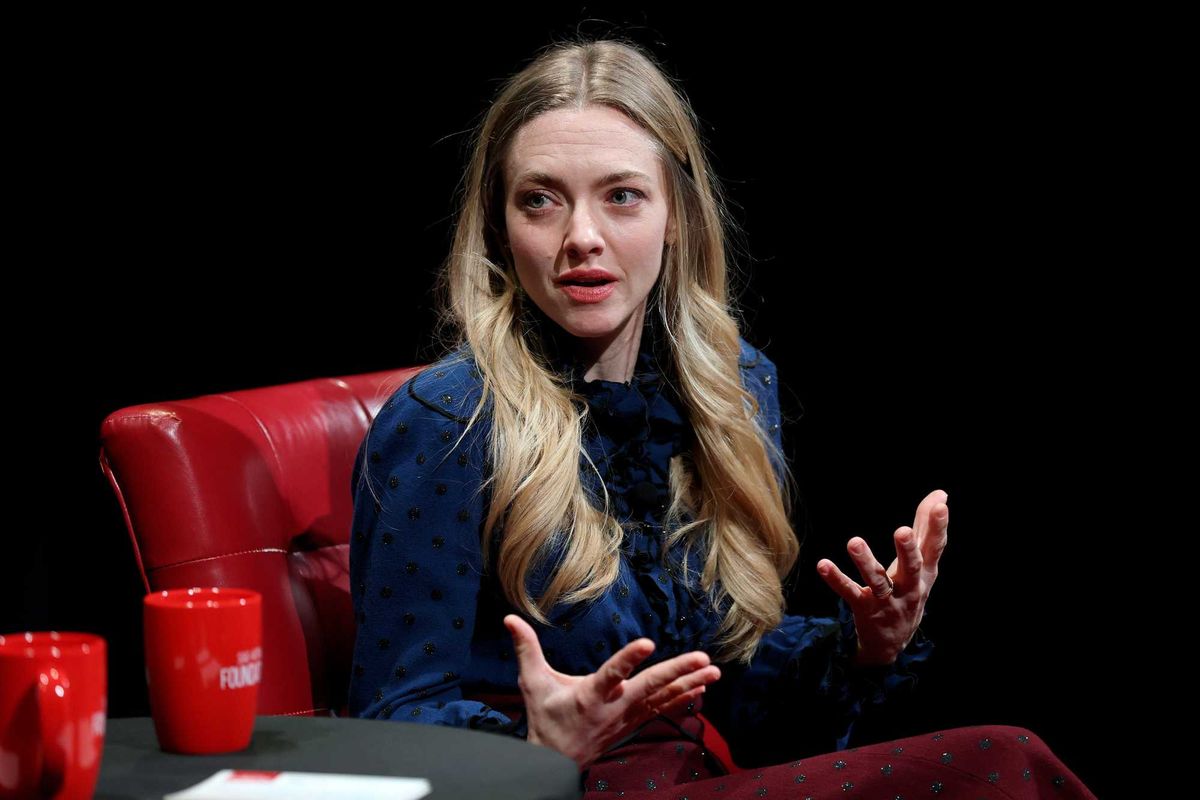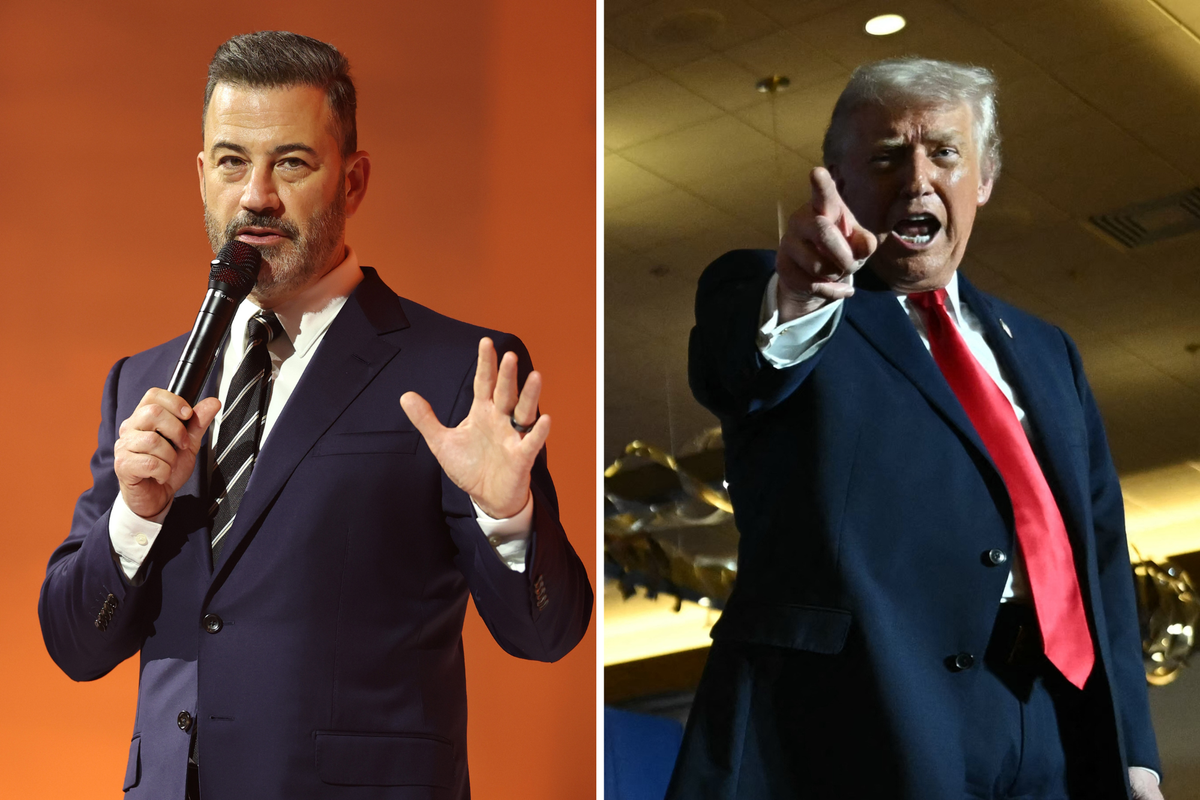News
Joe Vesey-Byrne
Aug 18, 2017

Picture:
Christopher Furlong/Getty Images
A campaign visit from Jeremy Corbyn to home turf grew Labour's vote massively - Theresa May's election outings, home or away, had almost no effect
Dr. Alia Middleton, a lecturer in politics at the University of Surrey, has found that a visit from Theresa May had no more effect on the Conservative share of the vote in Labour and Tory seats, than if she had not bothered to visit.
By contrast, Labour seats visited by their leader Jeremy Corbyn saw the Labour share of the vote increase by 31 per cent on average.
When May visited seats won by David Cameron in 2015, the increase in the Conservative vote share was less than 1 per cent more than Tory seats she had not visited.
Return of two party politics
In this year's election, the share of the vote for both parties increased.
According to data compiled by the House of Commons Library, Labour won 39.99 per cent, and the Tories 42.34 - to be exact.
Combined, a higher percentage of the electorate voted for either Labour or the Conservatives than any time since 1970.
Middleton's research therefore focused on how much of difference a visit from each party's leader made on the size of that overall increase.
Playing at home or away, Theresa May had negligible effect
The Corbyn rally strategy vindicated?
Corbyn was critiqued by some such as Buzzfeed News, the Spectator, and some Labour commentators, for only focusing on seats Labour was in no danger of losing and ignoring those 'defensive' seats which the party needed to protect.
In the end Labour under Corbyn won a net of +30 seats.
Labour’s vote share went up on average 31 per cent, in Labour held seats which received a visit from Corbyn. This was three times in the average increase in Labour seats Corbyn did not visit a Labour area.
Middleton told indy100 that a similar statistical significant impact did not occur under Corbyn's predecessors.
My research in 2010 and 2015 indicated that neither Brown and Miliband were affecting people voting Labour in seats they visited, but Corbyn has made a real difference here, even when taking other factors, such as marginality and demographics into account.
A visit from Corbyn appears to have been a solid 'get out the vote' strategy for Labour supporters living in Labour seats.
Theresa May was supposed to appeal to Labour voters
The prime minister spent much of her campaign attempting to win Labour voters over to the Conservatives, as well as battling a Liberal Democrat threat in the South West.
Analysis by the Guardian published on 8 June revealed that 57 per cent of May’s visits were to Labour held seats.
Only 23 of the 73 seats she visited were constituencies being defended by the Conservative Party.
Judging by Middleton’s research, the strategy does not appear to have paid off.
May’s emphasis on visiting Labour seats may have been wasted capital, and could explain the loss of Tory defensive seats where she did not spend as much time.
Is gripping the flesh important again?
Prior to 2017, some believed election campaigns had little effect on the final result.
The idea that voters had made up their mind before the election was called,
Middleton believes the evidence suggests that campaigns cannot be dismissed as sideshows.
I think election campaigns are too often seen as being rather pointless and a hangover from a pre-mass media age. Yet there is evidence from voters that both the national and local campaign can make a real difference, both in deciding what party to vote for and whether to vote at all. The campaign trail brings the national campaign into the local, and it doesn’t matter whether the leader is speaking about local or national issues – it is that they have taken the time to pay a visit to a seat.
More: A map of all the places you can't vote for a woman on election day
Top 100
The Conversation (0)













